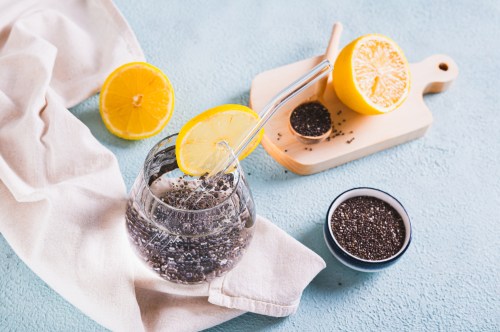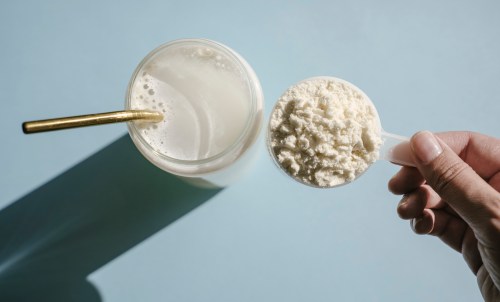When it comes to selecting the perfect avocado, hitting the ripeness sweet spot is rare. And, since it’s usually cheaper to buy the fruit in bulk, there’s a good chance your entire haul will peak at the same time. To prevent the green goodness from going to waste, you could make a giant bowl of guac, turn the surplus smash into cupcakes, or freeze fibrous cubes of it in an ice cube tray for future smoothies (yep, it really works). But now, a seriously cutting-edge invention may help you sidestep this avo conundrum entirely—namely if you’re a card-carrying Costco member.
Midwest locations of the bulk-buying purveyor are selling avocados from Del Rey Avocado and Eco Farms that are enhanced with a technology that could double their shelf life without refrigeration or preservatives, according to Food Dive. At harvest, the avocados are dusted with an edible, invisible plant-based powder, created by startup Apeel Sciences, that fortifies the hard skin (thus acting as a second skin of sorts for the produce) and helps your salad ingredient stay ripe longer.
“Every piece of produce…already has a peel. And that peel is already doing what it needs to do to keep the fruit fresh. Instead of making new chemicals in a lab, let’s use the same ingredients that nature gives us time and time again.” —Michelle Masek, head of marketing at Apeel Sciences
According to Michelle Masek, head of marketing at Apeel Sciences, the innovation marks a huge step forward for getting fresher produce to areas where people otherwise struggle to access it, since the product keeps items yummy-to-eat for longer.
“Every piece of produce, every fruit, every plant already has a peel. And that peel is already doing what it needs to do to keep the fruit fresh,” Masek says. “Instead of making new chemicals in a lab, let’s use the same ingredients that nature gives us time and time again.” Doing so, she says, adds shelf life to each item.
Since Americans toss out about 150,000 tons of food per day (largely consisting of fruit and veggies), the innovative plant-skin- and -stem-derived coating could be a total game-changer for your grocery bill and the environment (just think of all the water that could be saved by not hydrating replacement produce). And although Apeel is now focusing on selling the powder to producers, the company intends to eventually sell it straight to consumers and also plans to spread the plant-life-lengthening love to other fruits and veggies. With this new tech, you just might be able to make your at-home compost pile even smaller.
Ever wonder why you love avocado toast so much? Here’s what science has to say. Plus, here’s how to make the prettiest avo boats ever.
Sign Up for Our Daily Newsletter
Get all the latest in wellness, trends, food, fitness, beauty, and more delivered right to your inbox.
Got it, you've been added to our email list.











